Pocket Gamer Hardware Guide 2012 - Smartphones
The best iPhone, Android, and Windows Phone devices

What a year it has been for smartphones.
Apple dared to go beyond 3.5 inches, Android manufacturers got carried away in their battle to produce the most powerful hardware, and Microsoft launched its all-new version of Windows Phone.
All of this means that this Christmas is a time where it could be harder than ever to choose a new phone. To help out, we've looked through everything on offer and cherry-picked the best of the best.
The best news of all, mind, is that they're aren't going to cost an arm and a leg. Well, not all of them, at least.
iOS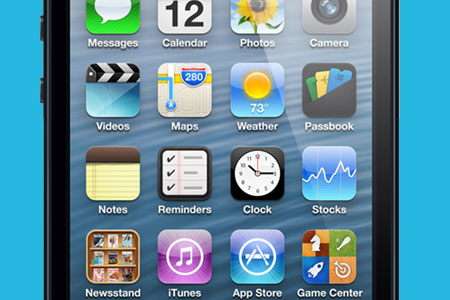 iPhone 5
iPhone 5
A 4-inch iPhone. What would Steve Jobs have said? And with loyal Apple punters clinging to the belief that nobody needed anything bigger than 3.5 inches, it seemed as if Apple had gone mad.
Of course, Jobs's main concern with a larger blower was being able to reach all of the display with one hand. As the iPhone 5 goes to prove, though, those fears were unfounded.
With the iPhone 5 gaining a few millimetres in the height department, Apple's engineers had a bit more room to play about with.
So, Apple's latest-generation smartphone is noticeably thinner and is so light you'll think Jony Ive forgot to put a battery in it. Plus, with the taller display comes support (finally!) for widescreen photo and movie viewing.
Considering its faster processor, LTE support, and the new Lightning connector that will be better for everyone in the long run, the iPhone 5 is a fine creation from Apple.
 iPhone 4S
iPhone 4S
If the iPhone 5 is the best iPhone on the market, why even bother including another model on this list?
Well, the iPhone 4S can't be written off yet, simply because there's still plenty of life left in the old dog. It still packs a punch in the processing department, has great battery life, a good camera, Siri, and a Retina display.
The phone will also benefit from future iOS updates for as long as you're likely to own it, and developers aren't going to release anything that only works on the bigger iPhone 5 screen... yet.
The biggest benefit, though? It's a lot cheaper than the iPhone 5.
Android Google Nexus 4
Google Nexus 4
Google seems to be on a mission to undercut everyone, so is selling its new Nexus devices at cost - or near enough. The Android platform holder is presumably hoping that you'll spend loads on the Google Play Store to compensate for the upfront hardware 'losses' the search giant is making.
All of this means you can bag a SIM-free 16GB Nexus 4 for just £279 direct from Google (versus the rather less enticing £399 on pre-pay from Three or O2).
These prices would be more common for a mid-range phone, but the Nexus 4 is the most powerful Android smartphone you can buy today. The quad-core Snapdragon S4 chipset, 2GB of RAM, 1280x768 pixel display, and 8-megapixel camera see to that, comfortably.
The only real concern is that LG opted to fit glass on both the front and rear of the Nexus 4, and some people have already found hairline cracks (or worse) appearing on the back. Thankfully, Google will sell you a bumper case for £15 to reduce the chance of damage.
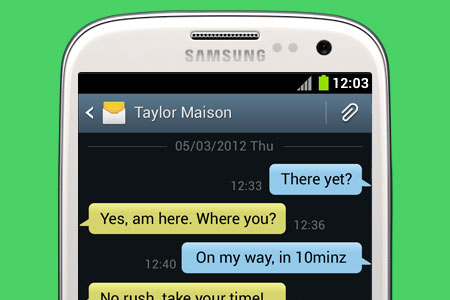 Samsung Galaxy S III
Samsung Galaxy S III
The Galaxy S III is not only an incredibly powerful phone, but it also sports a range of clever software features. And, no, they aren't all gimmicks.
There are in-built gestures to make it easier to use the device one-handed, and there's the clever Smart Stay function that keeps the device on for as long as it detects you looking at it.
With its huge HD OLED display, the Galaxy S III is a pleasure to play games or watch movies on. The battery life is also surprisingly good, although not quite up there with the slightly controversial Galaxy Note II.
 HTC One X+
HTC One X+
Samsung's main rival in the Android space this year has been Taiwanese manufacturer HTC, whose flagship 'droid blower is the One X. But, despite its Tegra 3 chip and large display, this high-end phone seems to lack a certain spark.
Now HTC has returned to the smartphone battlefield with an updated model, whose clock speed has been upped from 1.5GHz to 1.7GHz. It still has that fifth 'ninja' core to keep power consumption down when you're using it as a normal phone, mind.
The benchmark tests might not indicate that the One X+ is the most powerful device on this round-up, but when it comes to gaming, that extra processing power, the various graphical enhancements offered to developers, and those exclusive Tegra-only titles do make the One X+ one for hardcore gamers to perhaps bump to the top of their wish list.
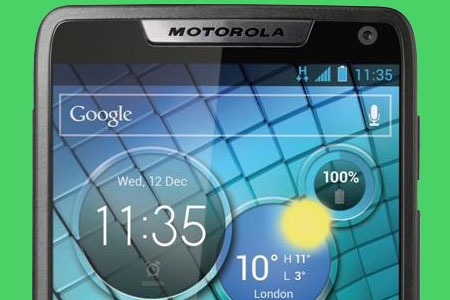 Motorola RAZR i
Motorola RAZR i
Intel hasn't exactly got the best reputation for marrying performance with efficiency, but that opinion may need to be revised if the Motorola Razr i is anything to go by.
For example, the phone doesn't have four cores. Or two. Instead, it runs a single core, but at a staggering 2GHz.
This enables the phone to score highly against higher-priced rivals in benchmark tests. This also means power consumption is kept down (which is helped by Motorola's decision to give the phone a decent 2000mAh battery).
Built from high-grade materials (including a nifty Kevlar rear cover, Gorilla Glass, and lots of metal), it feels solid, too. The unique edge-to-edge display also allowed Motorola to fit in a 4.3-inch display without making the phone too bulky.
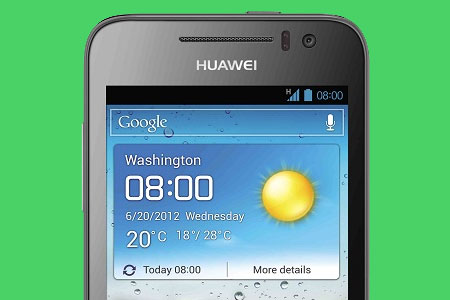 Huawei Ascend G330
Huawei Ascend G330
These days, there's no reason to expect poor quality from a low-priced product. Huawei proved that when it released the Ascend G300 (a device now superseded by the G330) earlier in the year.
The G300 still represents a great deal if you can get one, but the G330 delivers dual-core performance on a phone that retails for just £100 on pre-pay.
The G330 features a large battery, a 4-inch display, and a fairly good camera, with autofocus and flash. For little very cost, you can also chuck in a memory card to add more storage.
If you do want a G330 before Christmas, you'll have to, errr, talk to TalkTalk, which has bagged an exclusive until early 2013.
Windows Phone 8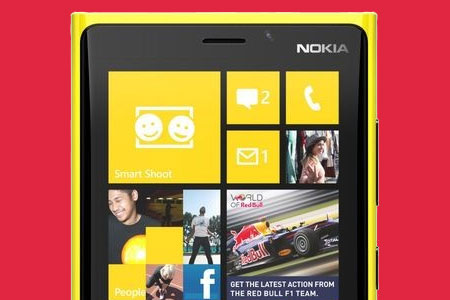 Nokia Lumia 920
Nokia Lumia 920
If you want a decent camera on your mobile, then picking one with Nokia's PureView technology on board is probably a sensible move.
The Lumia 920 comes with an optical image stabiliser and offers stunning low-light performance, making it one of the best camera phones on the planet.
Oh, and it's also Nokia's flagship Windows Phone, so is packed with loads of Nokia-exclusive apps. Furthermore, the Lumia 920 has a highly sensitive touchscreen that can even be operated by someone wearing gloves. Pretty useful for this time of year.
If that isn't enough, wireless charging is supported. You'll just need one of the many different charging pads - including a JBL speaker that keeps the phone charged when sat on top - to jump aboard this particular revolution.
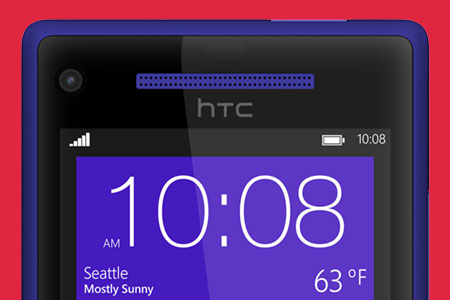 HTC 8X
HTC 8X
Although it hasn't grabbed the headlines in quite the same way as Nokia's abovementioned flagship Windows Phone, the 8X has an equally bright and vibrant styling (it's as if Microsoft told everyone but Samsung to add some colour).
And while its rear snapper can't match the Lumia's, the HTC 8X does have a wide-angle camera at the front so you can fit the whole family in on video calls to your grandparents in Australia.
It also boasts a dual-core processor and a 720p HD display, along with a handful of HTC-exclusive apps - although nothing as special as the ones offered by Nokia.
There's also support for Beats Audio, if you're into that sort of thing.
